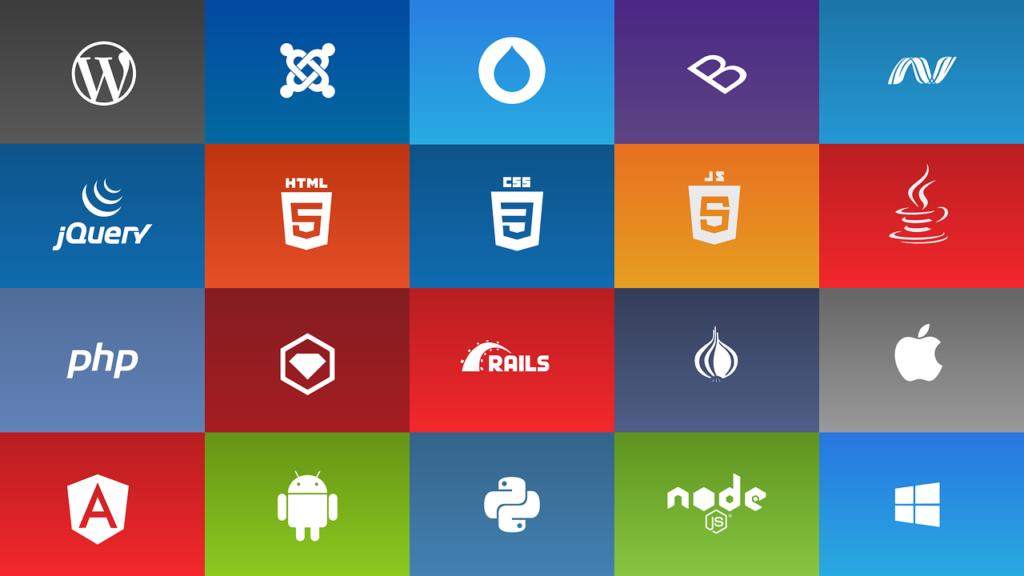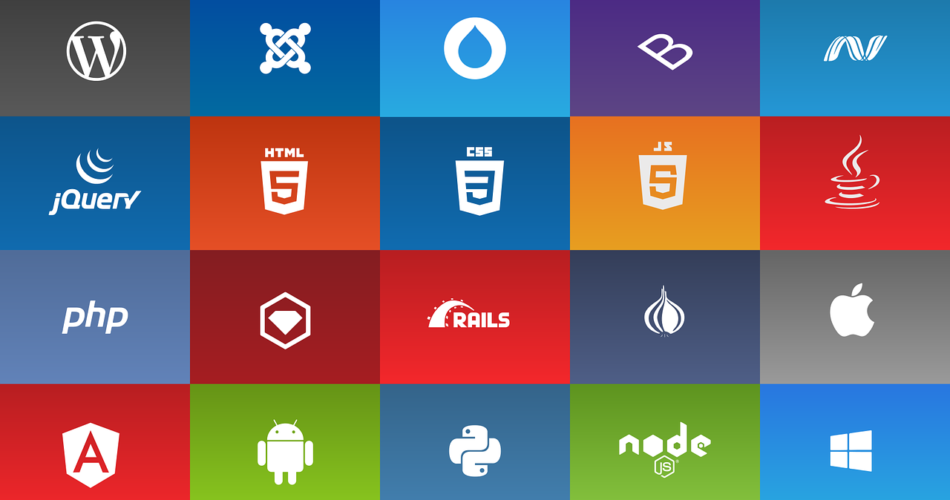Python is an important language in web development. It enables fast and efficient development of websites. It lacks some of the features that are required for custom web applications development to be faster.
As a result, developers opt for Python’s robust collection of frameworks to deal with the subtleties of execution. This article provides an overview of the most popular options and their strengths and weaknesses to help you make the best decision for your project.

1. Flask
Flask is a microframework for Python that allows you to create web applications quickly and easily. Its simple and minimalist API makes it ideal for beginner developers who want to learn the basics of web development.
Flask uses a template engine called ‘Jinja2’, which makes it easy to build your web application. It also supports WSGI templates, which help you in scalability and flexibility of your web application.
The framework has a few other advantages, including a simple setup and an easy to use debugger. The framework is lightweight and can be used to prototyping small- or medium-sized projects.
Flask doesn’t have ORM (Object Relational Mapping), libraries like Pyramid or Django. This means that you will have to use an external library for any database operations that you wish to perform.
If your application has complex back-end functionality, you can set it up yourself. Although it is not easy to master, there are tutorials that will help you.
Once you’ve got the database-management utility working, you can start implementing your application. You’ll need to add a few tables and create some relationship between the tables. This is easy enough for a newbie, but you might want to look into a tool like Flask-Migrate to handle updates and migrations.
Flask is a popular framework for building web apps because it is simple, flexible and scalable. The developers have full control over the project. You also get CSRF (Cross Site Request Forgery Protection) and a host of other security features. It also includes integrated unit testing which allows for faster development and debugging.
2. Pyramid
Pyramid is a flexible, extensible and adaptable web application framework. You can build many different apps with the wide array of features available. The community is strong.
It is a lightweight framework that allows you to get started with your project quickly and easily, but is still powerful enough for medium-sized projects. It also provides a number of key features out of the box, such as URL generation, static assets rendering, and a decent authentication system.
First, the Pyramid web application framework allows you to deploy your app quickly and easily on the Internet without needing to install any additional software. This makes it ideal for rapid development projects.
Another strength of the framework is that it offers many useful plugins and extensions for a wide range of use cases. They make your project more flexible by allowing you to easily integrate third-party software.
You can also use encryption to protect your data. Its architecture is based on the principle of extensibility, which allows you to add new features to your app without having to modify your source code.
Finally, the framework is designed with composability in mind. This means that multiple independently configured copies of a single Pyramid application can run in the same process space, without losing any of the functionality or performance of the original copy.
It is ideal for many different use cases such as small websites or large enterprise applications. It is also modularly designed to make your app easy and quick to use. This also allows you to reuse the same module in multiple applications and projects, a very handy feature for building scalable web apps.
3. Web2py
Web2py is a web app framework that was designed to make it easy to create data-driven applications. It has three primary goals: simplicity, speed of development and security.
It is built on top of a strict Model-View-Controller design pattern and uses Python syntax for models, controllers, and views. It also has a built-in database abstraction layer and a robust Role Based Access Control (RBAC) system that allows you to easily build scalable web apps without sacrificing functionality or performance.
Another advantage of Web2py is that it does not import user applications, but instead executes them in a single global environment. It is possible to uninstall and install apps in one environment without having to restart the web server. Different apps may also coexist, with no conflict.
This approach is unique in the world of Python web frameworks, but it has its disadvantages as well. For example, it is not possible to change the order in which models are executed and naming conflicts can happen if developers use the same filenames for models and controllers.
It is also not possible to run functions in models from the same view that they are normally executed using standard Python modules. Web2py offers a master/worker scheduling tool that allows you to register repetitive tasks to run at certain times or after specific actions.
Finally, it supports a wide range of protocols. It will, for example, automatically convert a request for dict to HTML or JSON depending upon the request. The package also contains two markup libraries, a text to HTMLML filter and an extensible markmin.
Web2py protects your application against security flaws by using well-established practices like validating input and output, as well as renaming uploaded files in order to avoid directory traversal attacks. It is very hard for hackers to hack your website and steal your data.
4. Falcon
Falcon, a Python web API framework that is completely bare metal for creating very fast microservices and app backends. This microframework is a fast, high-performance, modern Python web API framework. It includes a development server and unit tesing support. Additionally, it’s fully Unicode-enabled and supports RESTful request dispatching as well as WSGI compliance.
It offers a lot of features like routing, model update/validation, authentication/authorization, content caching with dependency, AJAX+JSON, i18n (gettext), middlewares, template engine agnostic and more. It is also designed to be easy to learn and deploy.
The Falcon console allows you to easily configure different security policies for your endpoints with a few mouse clicks, and customize them for each user. Falcon integrates CrowdStrike threat intelligence, which is a collection of security threat information. This allows you to prevent and predict malicious activity.
Another great feature of Falcon is the platform’s process tree, which helps you better understand threats. It breaks down suspicious activities in a visual format, giving you a clear picture of each attack.
Falcon also integrates with CrowdStrike’s threat intelligence technology, keeping your SOC teams up-to-date on evolving threats. The platform uses the CrowdStrike Threat Graph to collect and analyze one trillion events per week, and it adds threat intelligence to your dashboard so you can stay on top of the latest attacks.
Falcon is a very flexible framework, and it’s a good choice for developers looking for a minimalist framework that leaves lots of decisions up to you, the developer. It makes it easy to use your app and make adjustments over time, which is crucial for maintaining stability and scaling. This also allows the Python community to create add-ons or complementary packages.
5. FastAPI
FastAPI, a web framework that allows you to build APIs using Python 3.6+ and is built on the standard Python type hints. It also provides support for asynchronous processing, using the Asynchronous Server Gateway Interface (ASGI) standard.
Fast API supports many API standards including JSON Schema, OpenAPI, OAuth 2.0 and GraphQL. It also has built-in data validation, which allows developers to detect and correct errors in their code and return proper exceptions in JSON.
Another key feature of FastAPI is its ability to auto-generate OpenAPI documentation for your application. This file can be found in the application/docs directory and contains information about all API endpoints and returned codes as well as response parameters.
The automated docs are a great time saver for developers as they don’t have to spend time writing and managing a manual documentation system. FastAPI will take care of everything so developers can concentrate on developing their applications.
Moreover, FastAPI automatically generates and manages exception handling. To simplify and decrease the chance of making mistakes, FastAPI uses Pydantic.
This is the perfect tool for developers looking to create robust, production-ready APIs. They can save time and money which is critical for any successful project.
FastAPI’s main benefit over other Python web frameworks, is the ability to make asynchronous requests. You can reduce response time. This improves your API performance and gives users a better user experience. You also get features like dependency injection, path operation function, and data validation.
